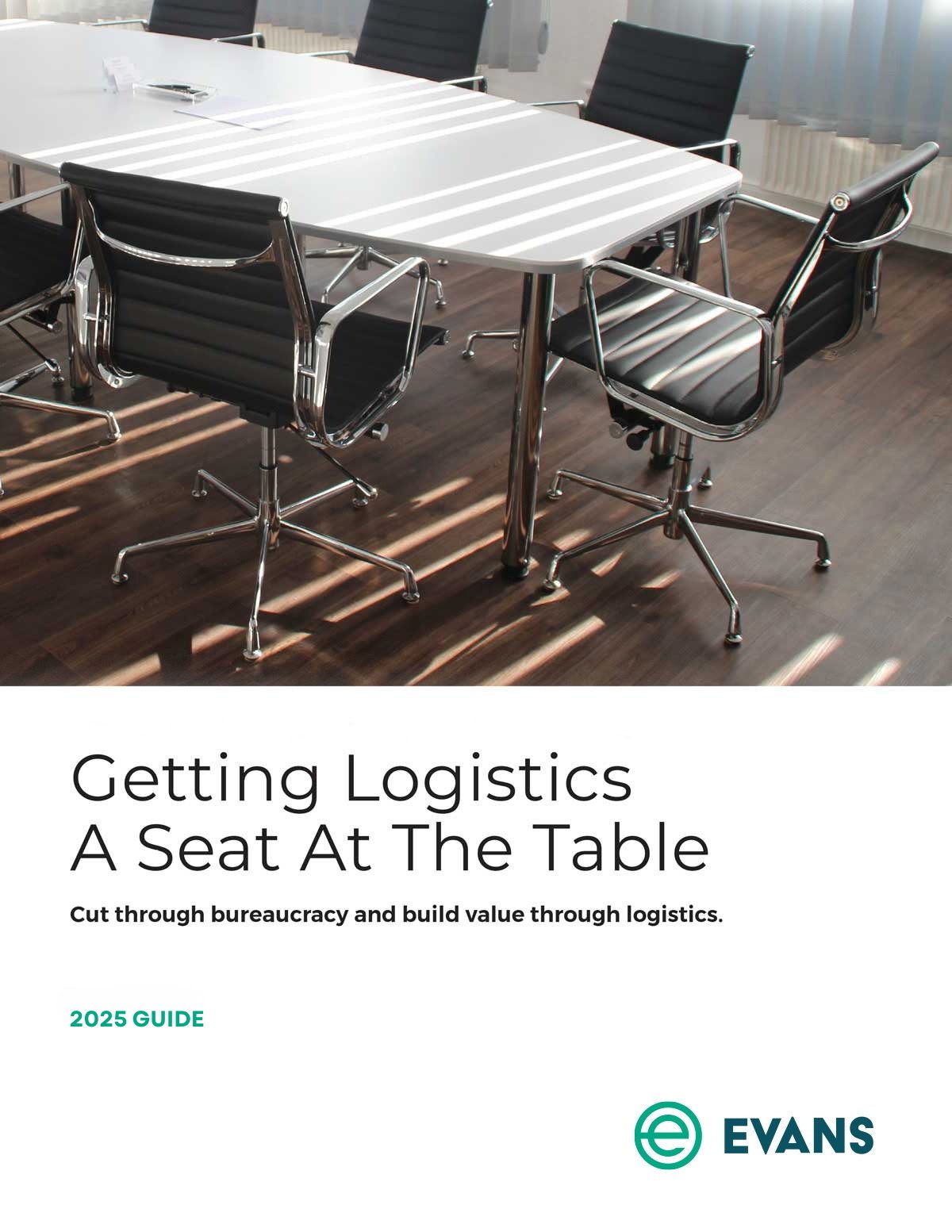Less-than-Truckload (LTL) shipping is a cost-effective, flexible way to transport smaller amounts of freight. This article covers the entire LTL transportation model: how LTL shipping works, its benefits, and how to maximize coordination to get the best possible rates for your LTL freight.
What is LTL shipping?
If you’re considering less-than-truckload shipping (LTL shipping), you’re probably looking for a more cost-effective and flexible way to transport your freight. LTL shipping can do that, by transporting single or multiple pallets without utilizing an entire trailer’s space.
Who can benefit from LTL shipping?
If you don’t require a full 48- or 52-foot trailer, LTL shipping might be a good option. Typically, LTL freight weighs between 150-10,000 pounds and is palletized in most cases.
You might be considering LTL shipping because you can’t find truckload (TL) capacity for your shipments. If you’re able to break up and palletize your freight for LTL, you can ship it in the smaller, more available spaces on LTL trailers. Here’s how it works.
How does an LTL carrier work?
When you ship freight LTL, it’s transported on the same trailer as other shippers’ products. This allows each shipper to pay for only their portion of the trailer, rather than for the entire trailer, as is the case with full truckload shipping (FTL).
The LTL transportation model is a hub-and-spoke model — spokes being the lanes of travel that connect the hubs, or points of distribution. Carriers pick up your freight and take it to the local origin hub. At the origin hub, the carrier loads your freight onto another truck with other shippers’ freight heading in the same direction. This process repeats itself until your shipment reaches its destination hub. Then, the carrier sends your shipment out for final delivery.
The LTL transportation model requires careful coordination to select the most efficient and trustworthy LTL carrier to exceed your client’s expectations at the right price!
What’s the catch?
This may sound like a simple solution to scaling transportation, but it’s not quite that easy.
Understanding LTL shipping rates and leveraging cost-saving LTL technologies are critical to securing your best LTL shipping rates. LTL has developed significantly since the deregulation of the transportation industry through the Motor Carrier Act of 1980, and continues to evolve due to rapid advances in technology and logistics.
So how does LTL shipping reduce your rates?
Good question. By paying for only the space your freight is taking up, your LTL shipping rates will be lower than FTL rates. Now that you know how LTL shipping works, discover the benefits of LTL shipping and how to unlock them.
Benefits of LTL shipping
There are many reasons shipping freight LTL can be beneficial to shippers. Here are three of the most important:
1. Cost savings
Through consolidation with other companies’ products, pay for the space you need and nothing more.
Pool distribution and pool consolidation also offer additional cost-saving opportunities and flexibility.
2. Many flexible options
LTL is customizable based on your specific needs and offers additional services not commonly available with FTL carriers. LTL carriers can facilitate special services, such as lift gate pickup or delivery, residential pickup or delivery, and inside pickup or delivery. Time sensitive orders can also be expedited for guaranteed for delivery using the LTL carrier network.
3. Increased customer satisfaction
The LTL transportation model improves customer satisfaction through cost savings and end-to-end visibility. LTL shipments are traceable from pick-up to delivery.
Because LTL shipping is a strategic way to reduce your transportation spending you can share those cost-savings with your customers, giving your business an edge over your competition.
LTL also allows you to better plan for your supply chain and supports just-in-time deliveries. This reduces wasted money and time, which equals faster and less expensive products for the customer. We aren’t all Amazon’s size, but LTL shipping can help you gain Amazon-like efficiencies and results.

